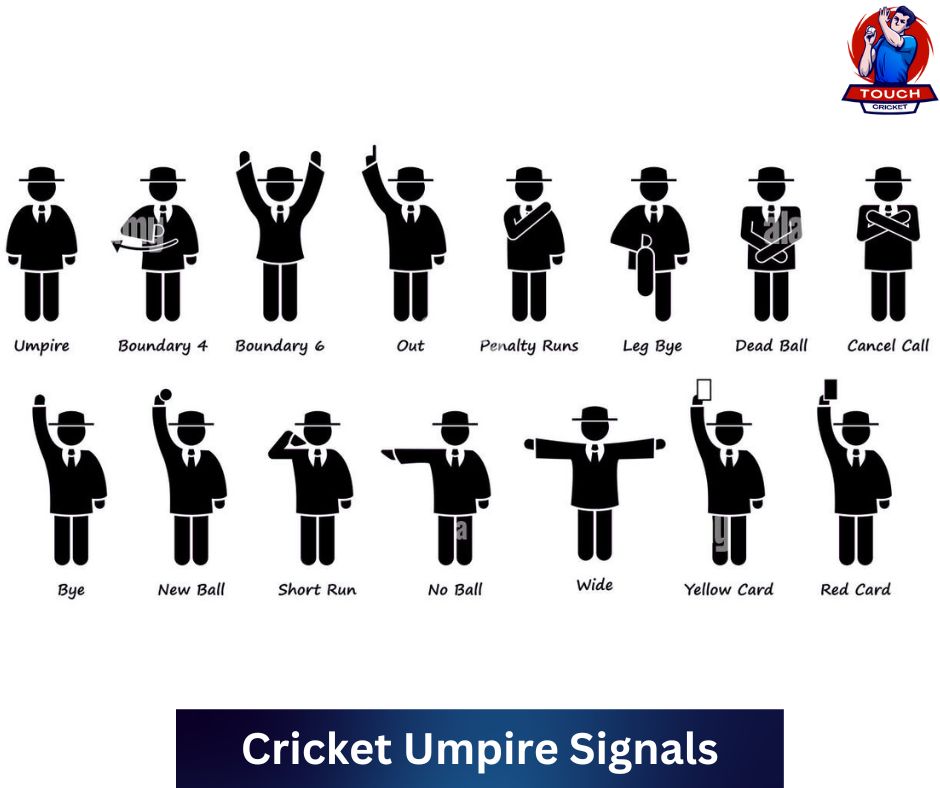Cricket is a fantastic game full of excitement and strategy. One key aspect that adds to the drama is the communication between the umpire and players through signals. Let’s break down these signals in a way that’s easy for everyone to understand.
Cricket Umpire Signals
1. Out Signal
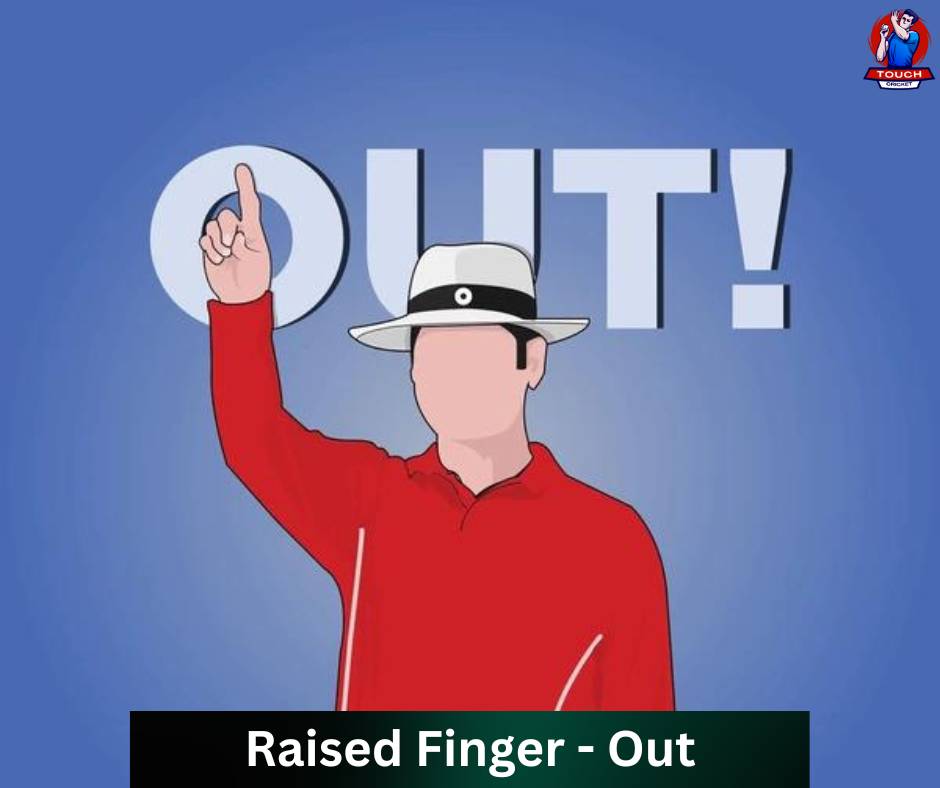
What it means: The batter is out, time to leave the field.
Umpire’s Move: Raises index finger in the air.
2. Not Out Signal
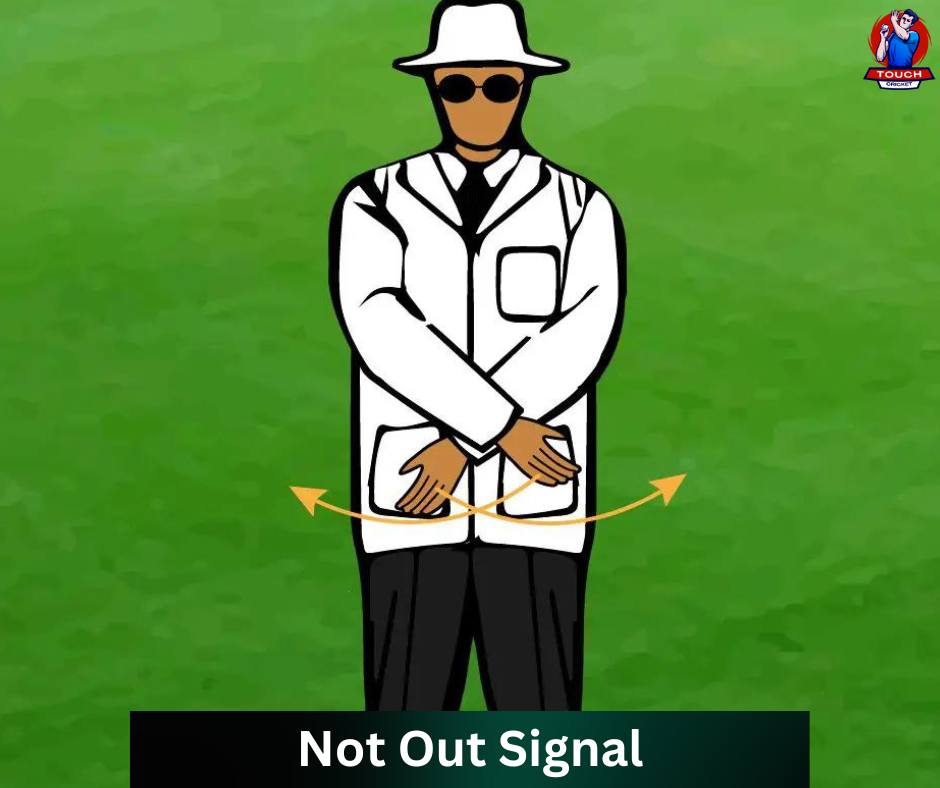
What it means: The batter is safe, and a decision is overturned.
Umpire’s Move: Sweeps arms in front of the chest.
3. No Ball Signal
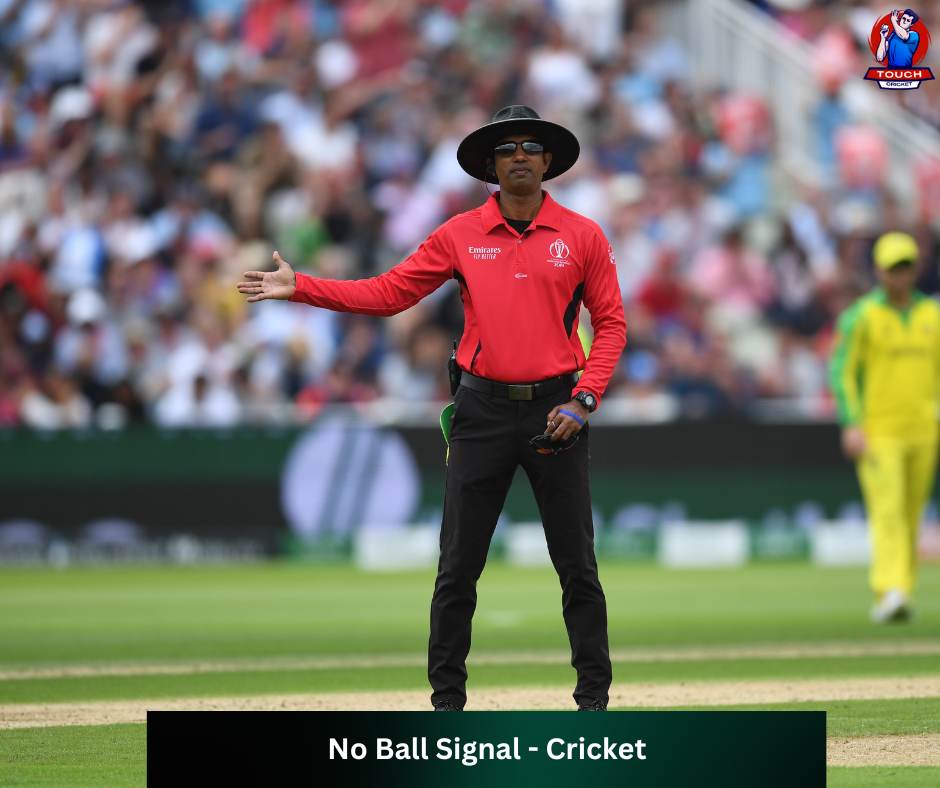
What it means: Illegal delivery, one run for the batting side.
Umpire’s Move: Extends one arm horizontally.
4. Free Hit Signal
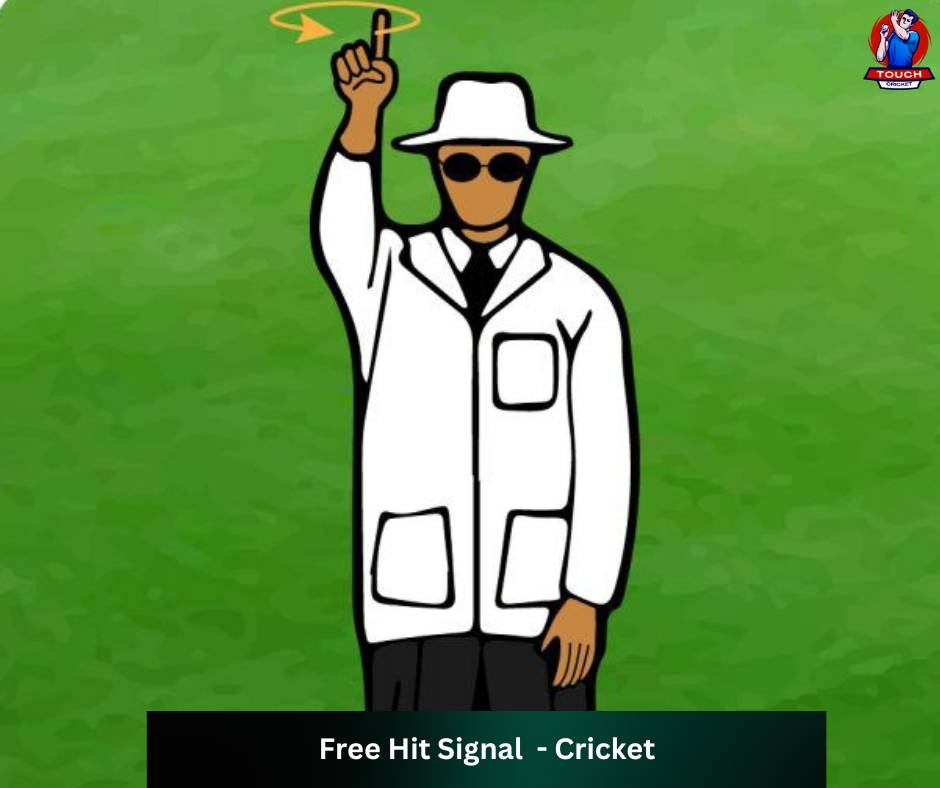
What it means: Free hit after a specific no-ball.
Umpire’s Move: Hand above head, making a circular motion.
5. Wide Ball Signal
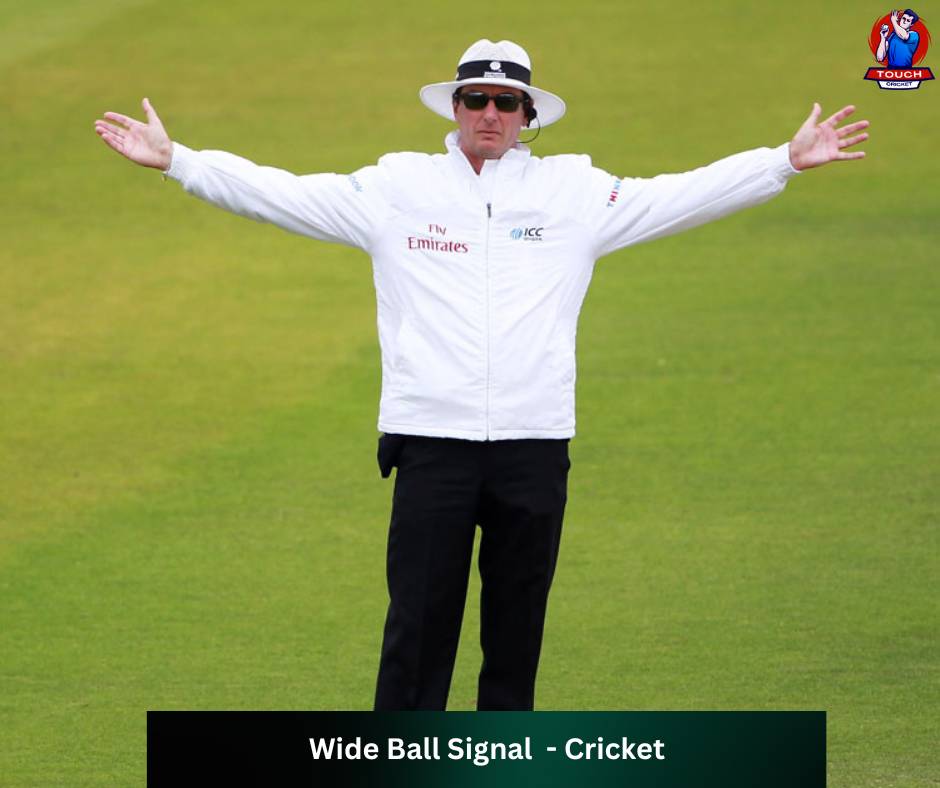
What it means: Ball too wide for the batter to reach.
Umpire’s Move: Both arms extended horizontally.
6. Four Runs Signal

What it means: Ball crossed the boundary after bouncing.
Umpire’s Move: Sweeps right hand across the body.
7. Six Runs Signal
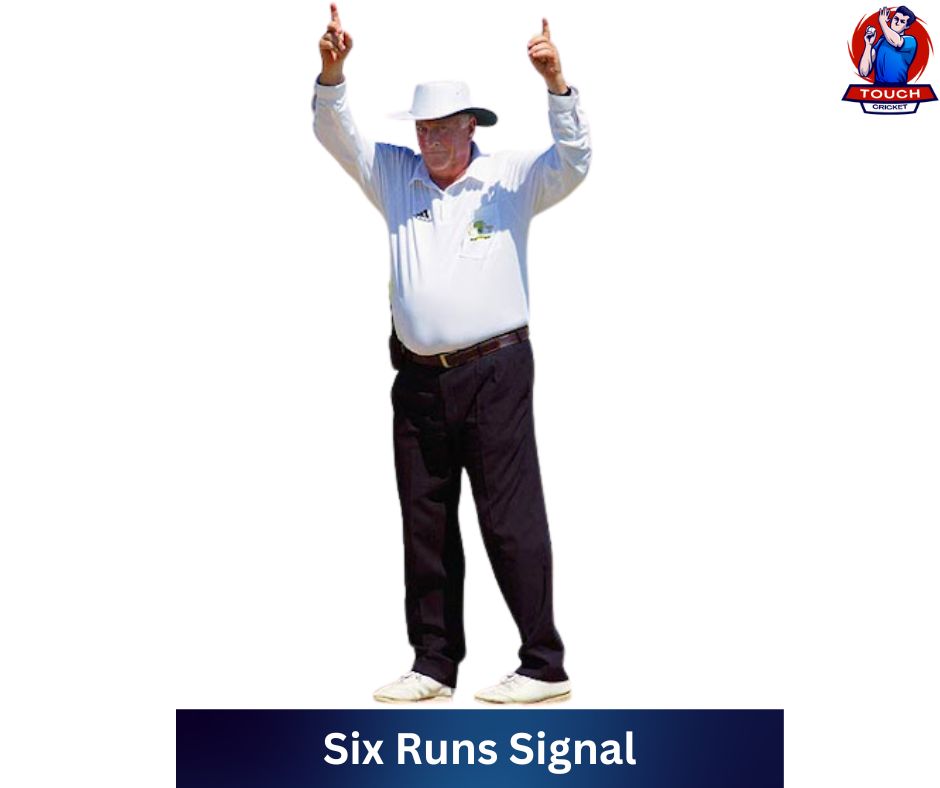
What it means: Ball cleared the boundary without bouncing.
Umpire’s Move: Both arms are held high above their head.
8. Bye Signal
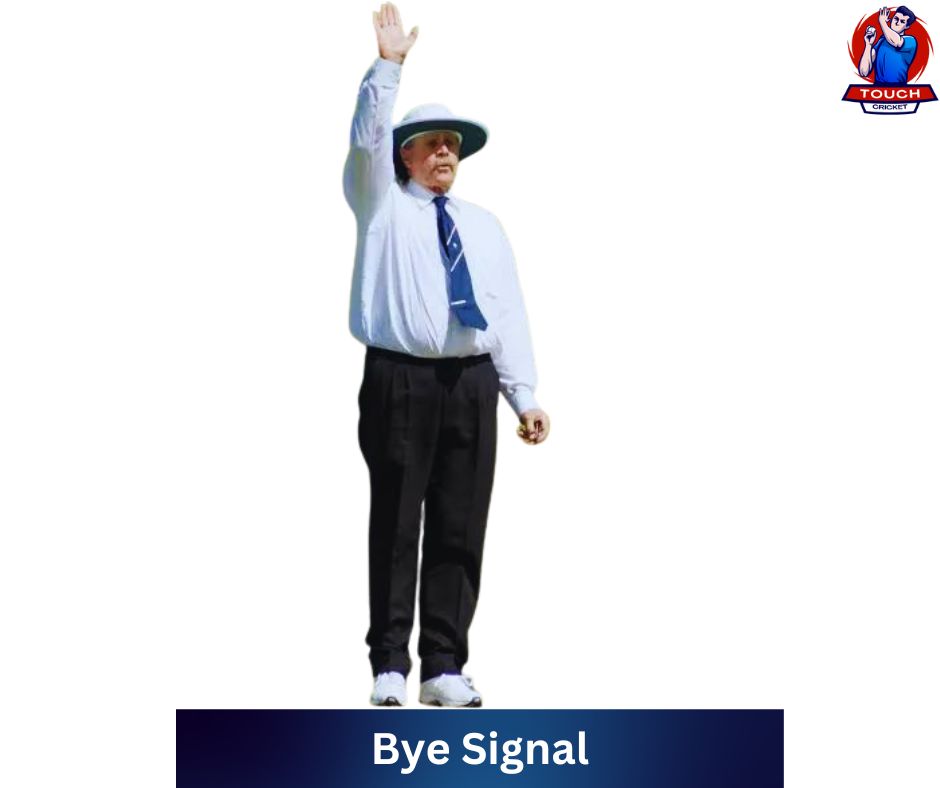
What it means: Ball passed stumps, batters ran.
Umpire’s Move: One arm extended above the head.
9. Leg Bye Signal
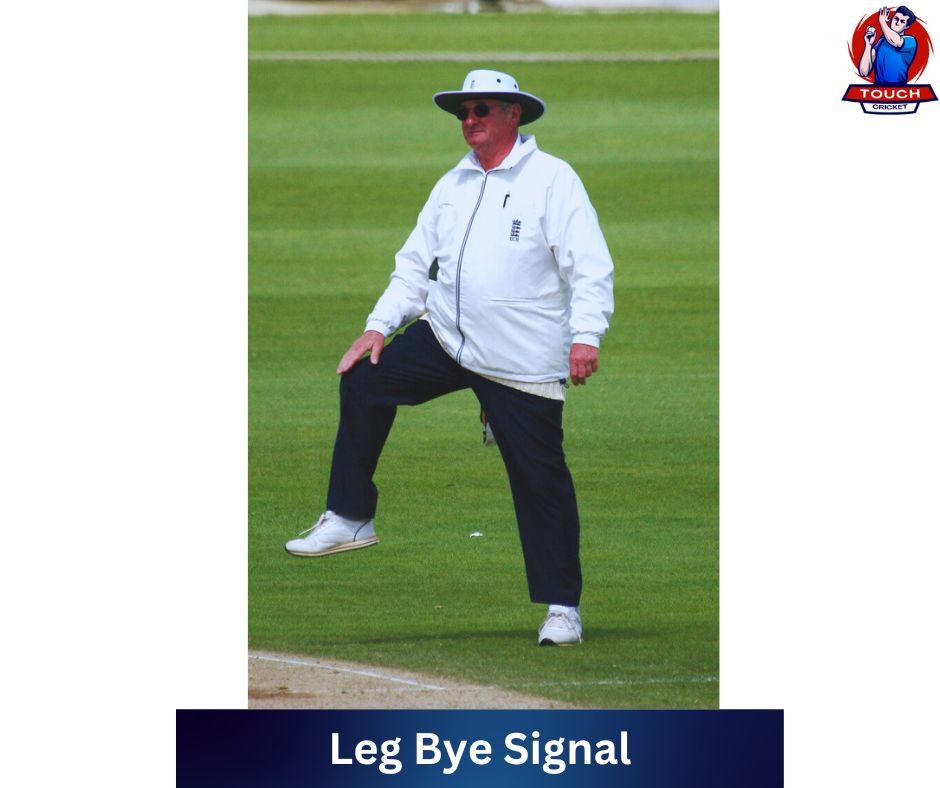
What it means: Batters ran after the ball hit their leg.
Umpire’s Move: Raises a knee and taps it with their hand.
10. Bouncer Signal
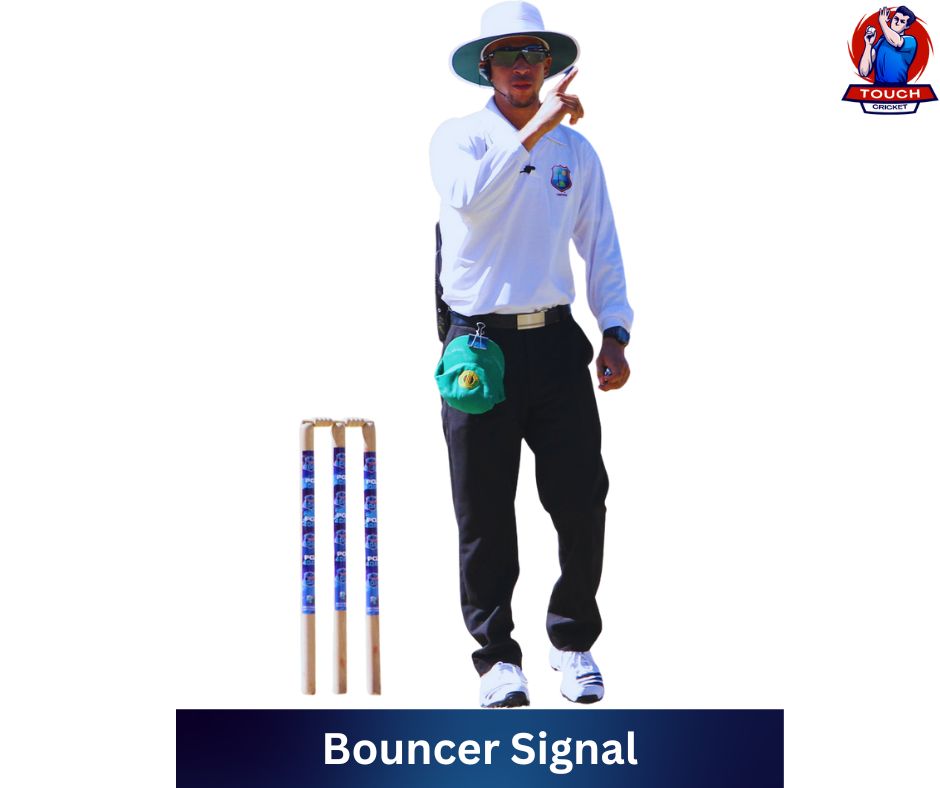
What it means: Ball bounced above shoulder level.
Umpire’s Move: Taps right shoulder.
11. DRS or Third Umpire Signal
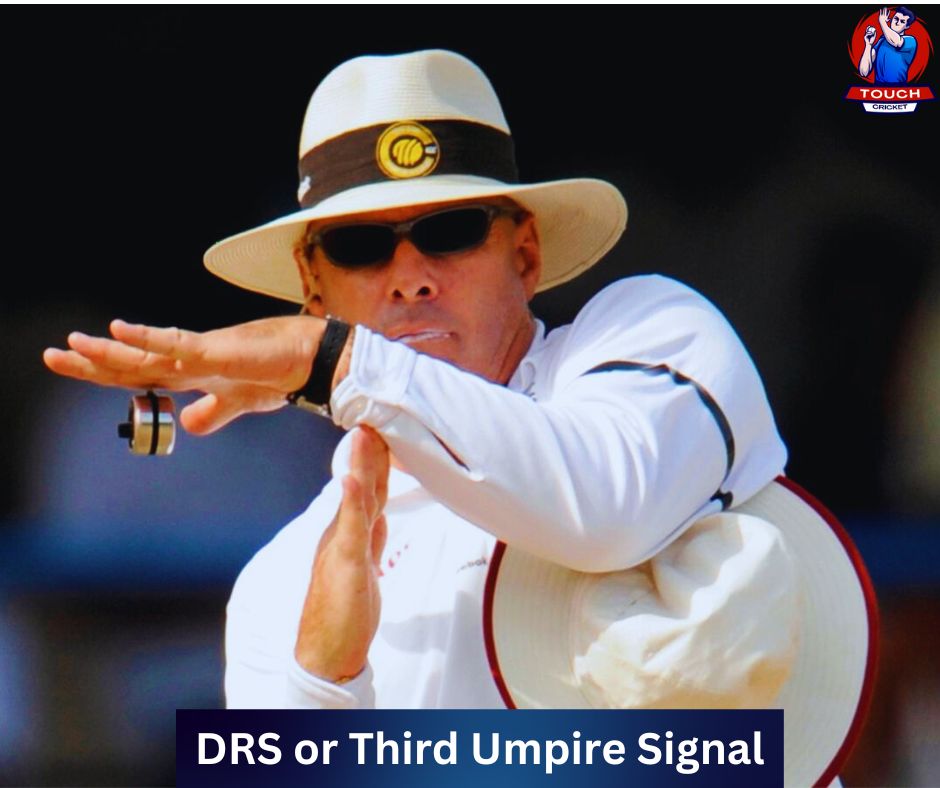
What it means: Teams can challenge the on-field decision.
Umpire’s Move: Forms a square with their hands.
12. Dead Ball Signal
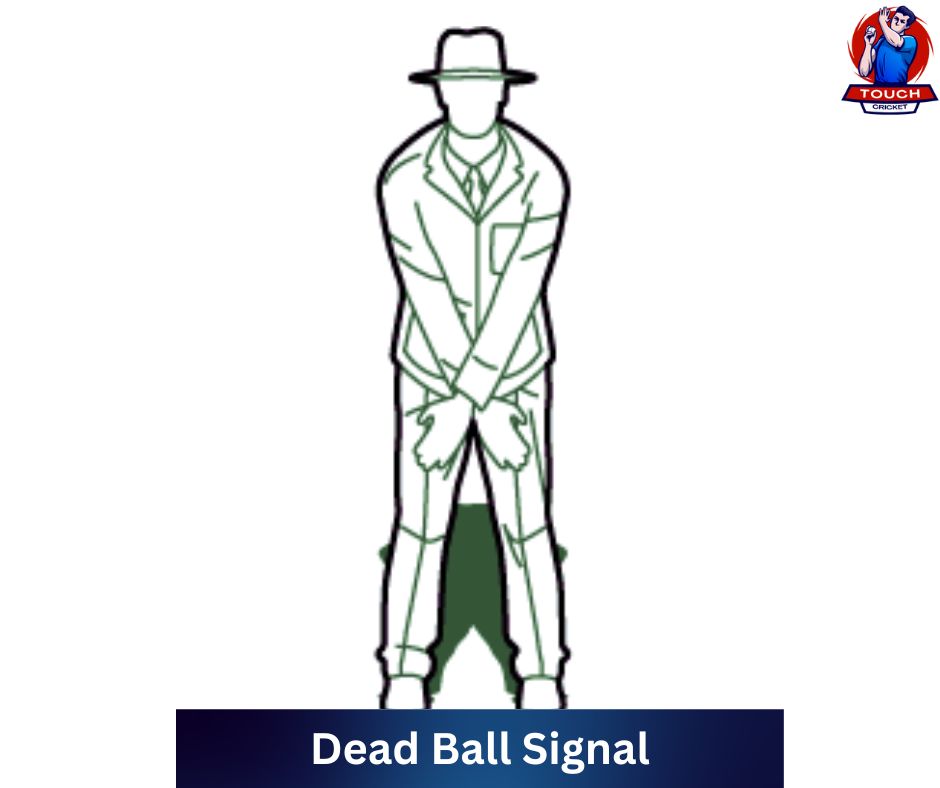
What it means: Ball becomes void due to various reasons.
Umpire’s Move: Sweeps both arms across their knees, calls ‘dead ball.’
13. Short Run Signal
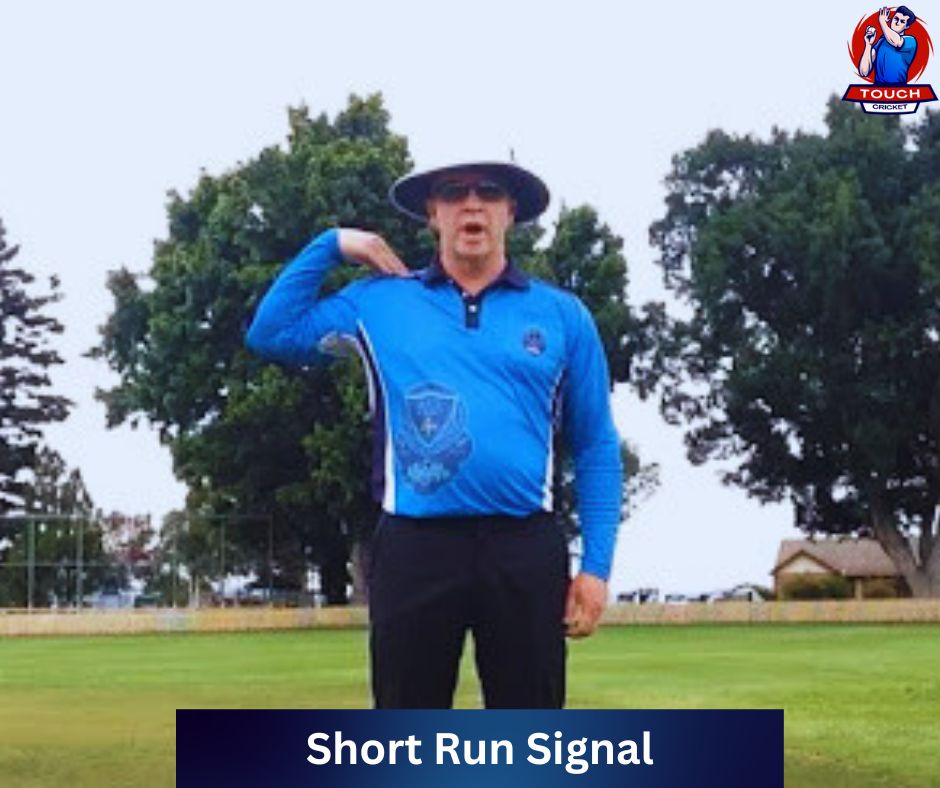
What it means: Batsman didn’t reach beyond the crease.
Umpire’s Move: Taps shoulder, calls ‘one short.’
14. Penalty Runs Signal
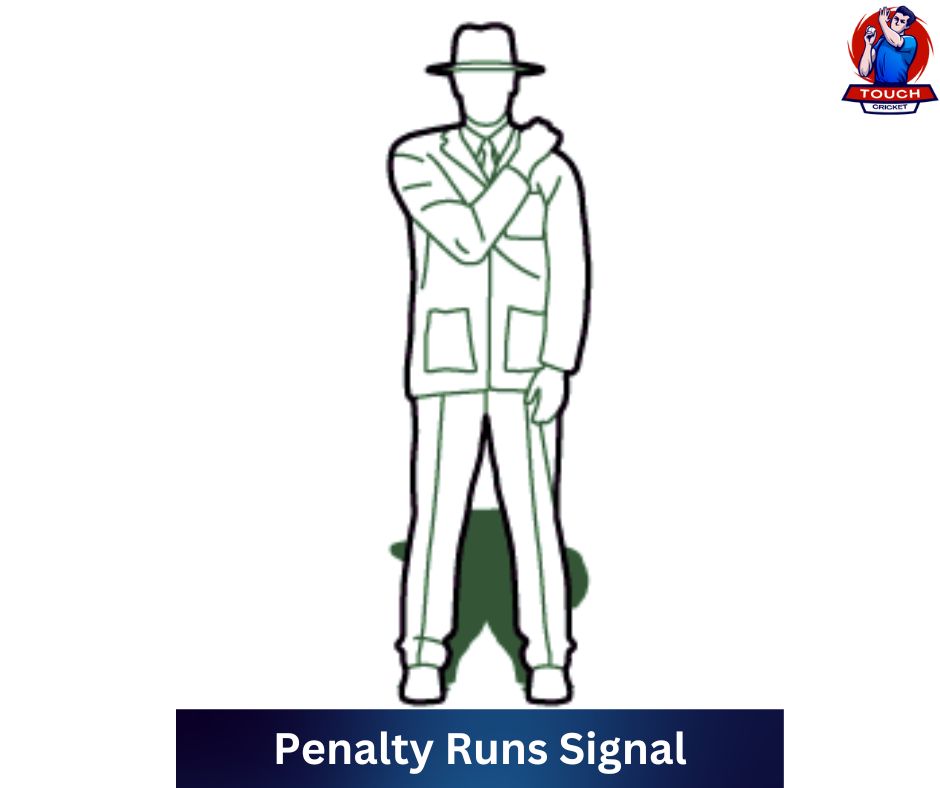
What it means: Runs awarded for offenses.
Umpire‘s Move: Hand across the chest, tap for the batting side, no tap for the fielding side.
15. Revoke Decision Signal
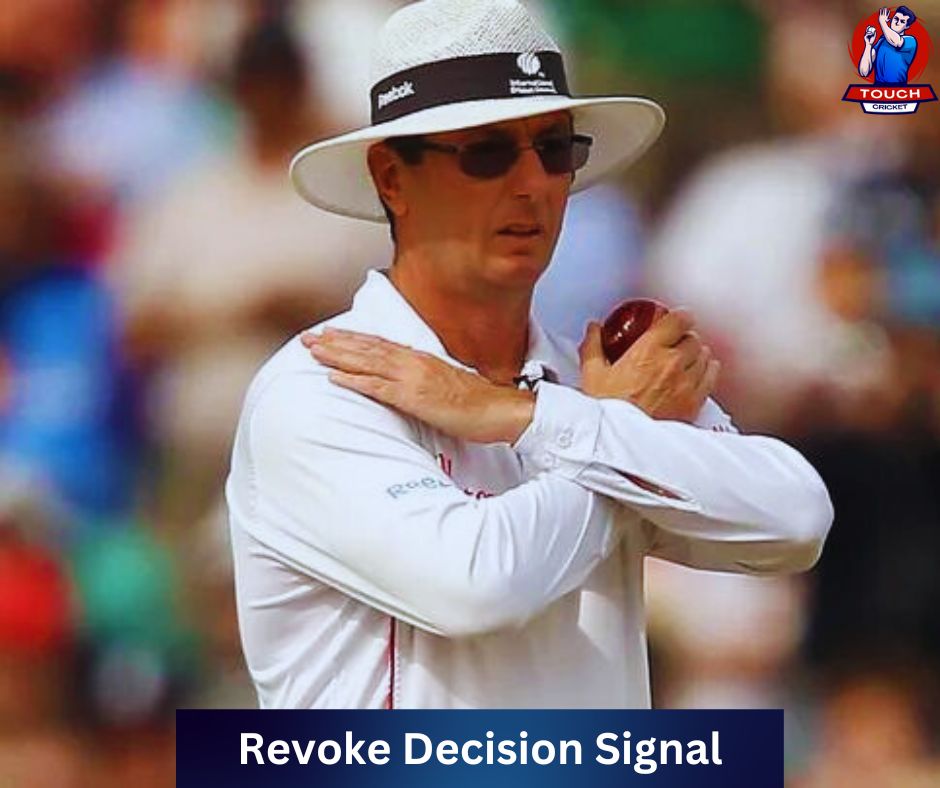
What it means: Decision overturned after review.
Umpire’s Move: Crosses arms, then sweeps below the waist.
16. Powerplay Signal
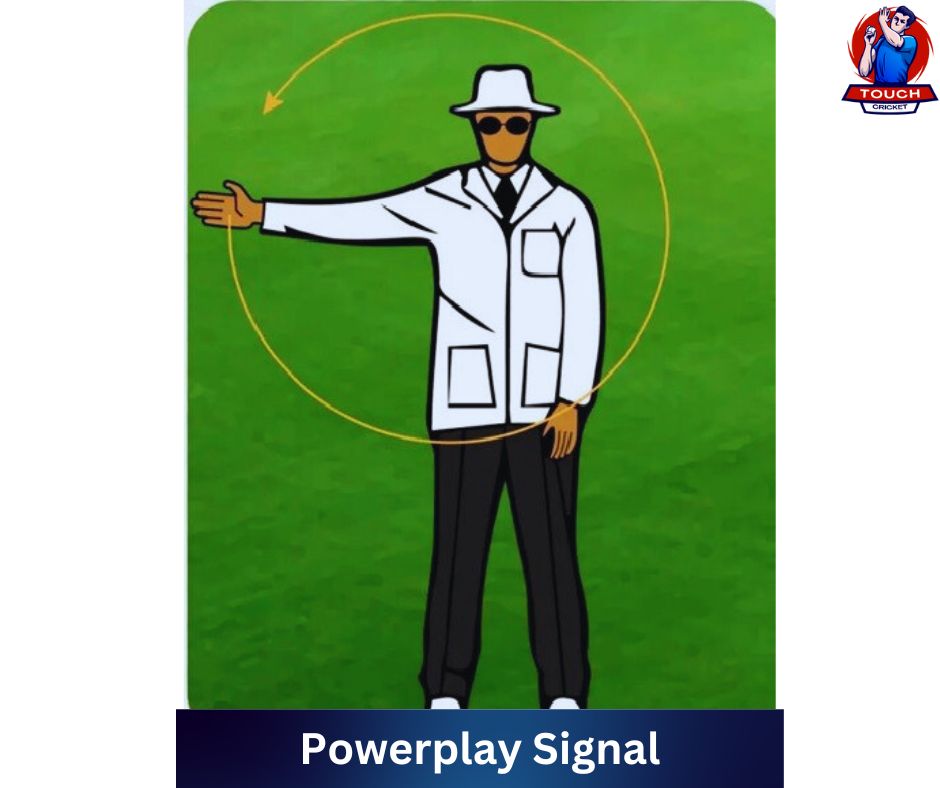
What it means: Fielding restrictions in limited overs cricket.
Umpire’s Move: Rotates arm in a ‘windmill’ motion.
17. Soft Signal
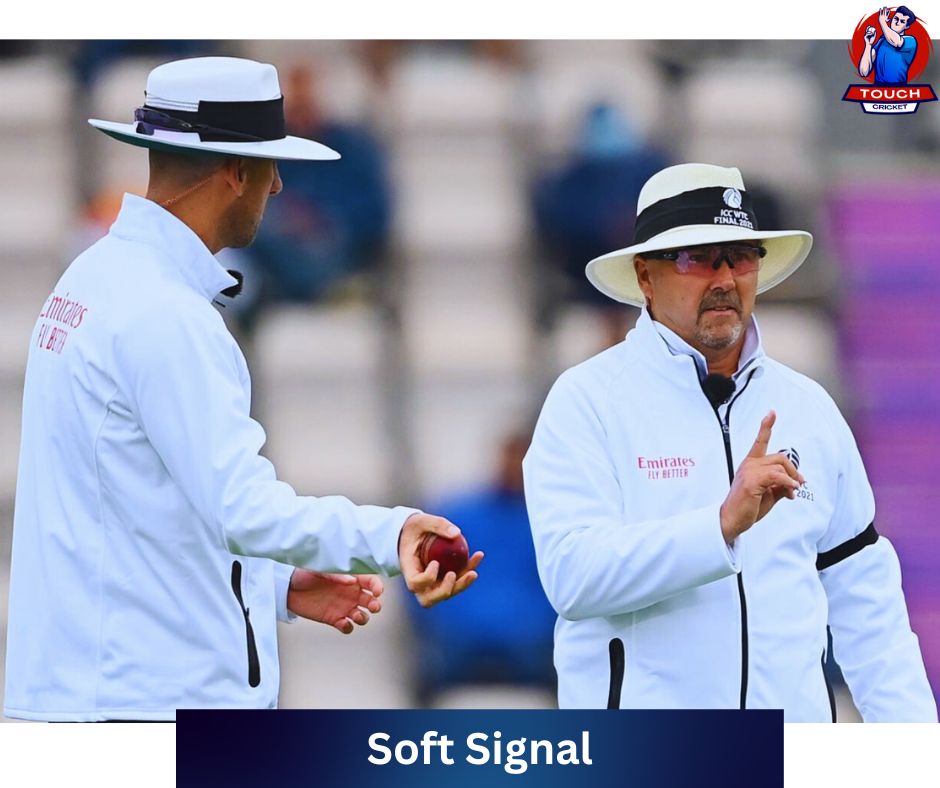
What it means: Initial decision indication for the third umpire.
Umpire’s Move: Regular out or not out signals.
18. New Ball Signal
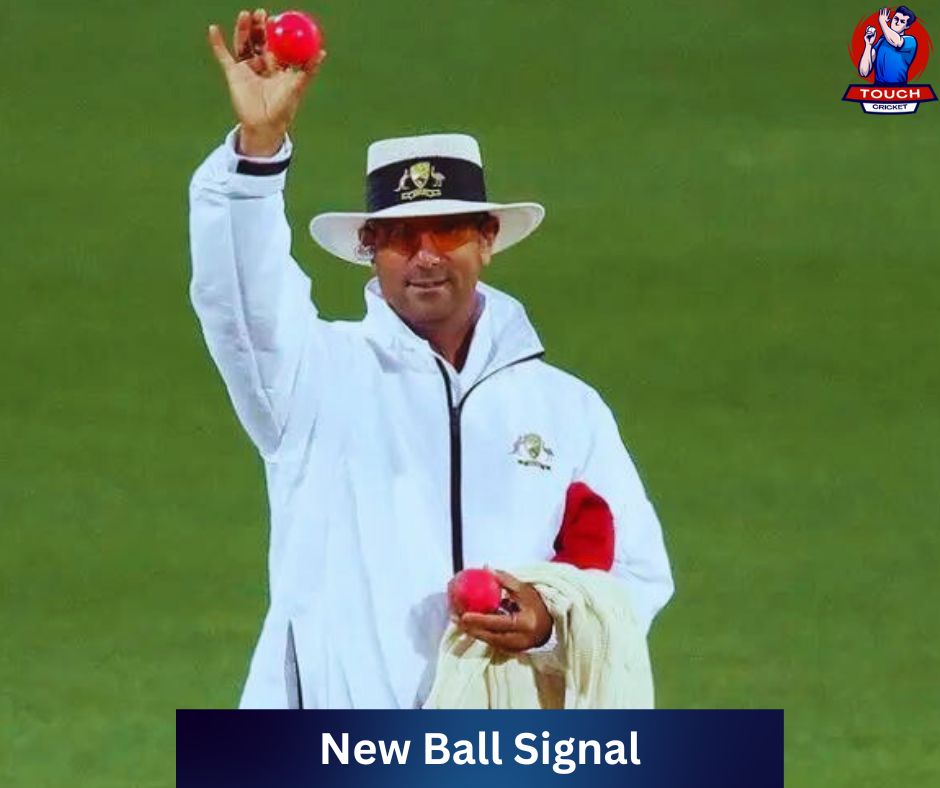
What it means: New ball taken after 80 overs.
Umpire’s Move: Holds new ball in the direction of scorers.
19. Last Hour Signal
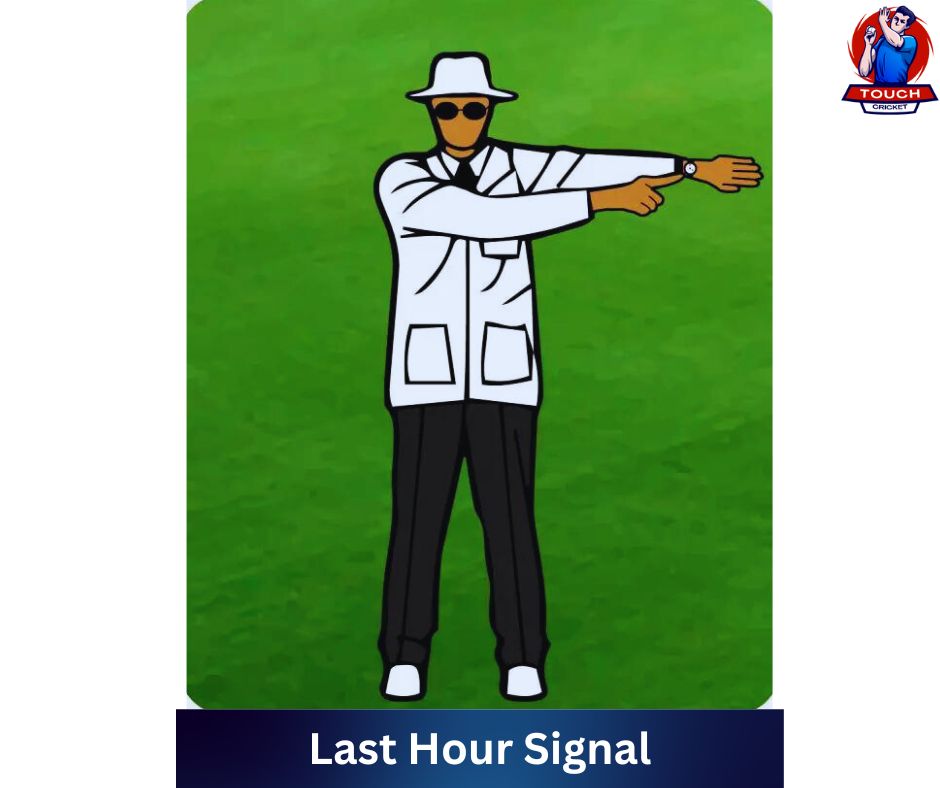
What it means: Final hour in first-class cricket.
Umpire’s Move: Wrist above head, points to watch.
20. Cancel Call Signal
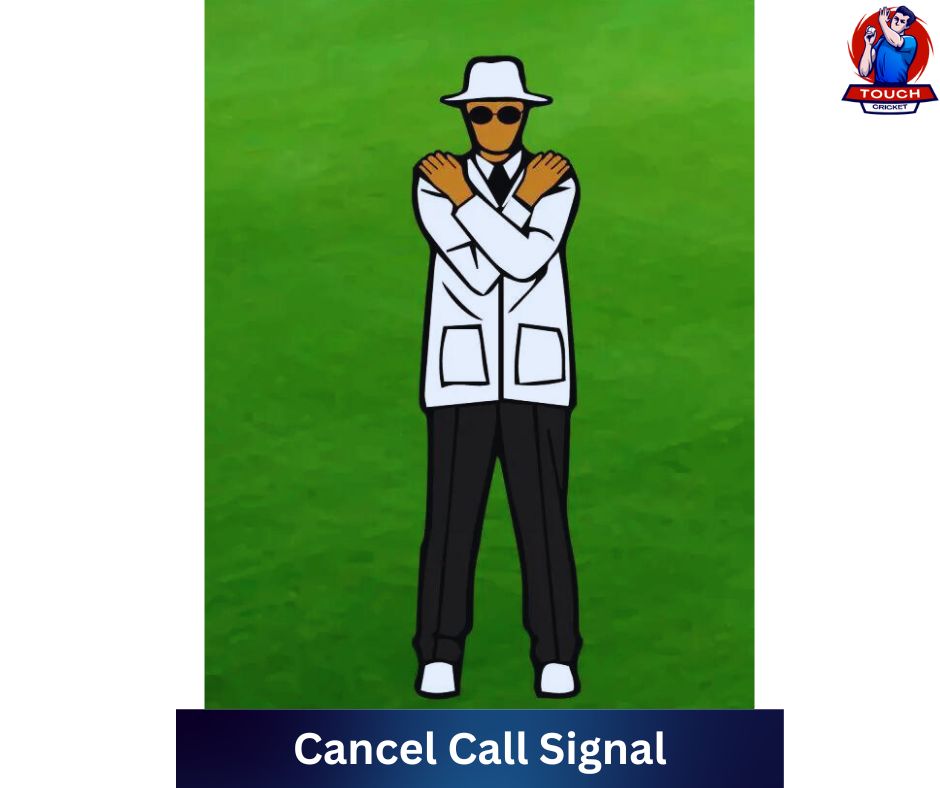
What it means: Umpire cancels an incorrect decision.
Umpire’s Move: Crosses arms, touching shoulders with opposite hand.
Understanding these signals makes cricket more enjoyable. Perhaps you’ll even consider becoming a local umpire!
